Delta Air Lines is planning to announce Los Angeles – Hong Kong service in the coming weeks. This has been confirmed by aviation watchdog JonNYC.
Delta to announce LAX-HKG
— JonNYC (@xjonnyc.bsky.social) July 12, 2025 at 8:13 AM
Delta last served Hong Kong out of Seattle in 2018. They’ve previously failed with Hong Kong service out of both Detroit and (in the distant past) Los Angeles.
United operates two flights a day on the LA – Hong Kong route already, and Cathay Pacific flies it three times daily. A sixth Los Angeles – Hong Kong non-stop seems rough.
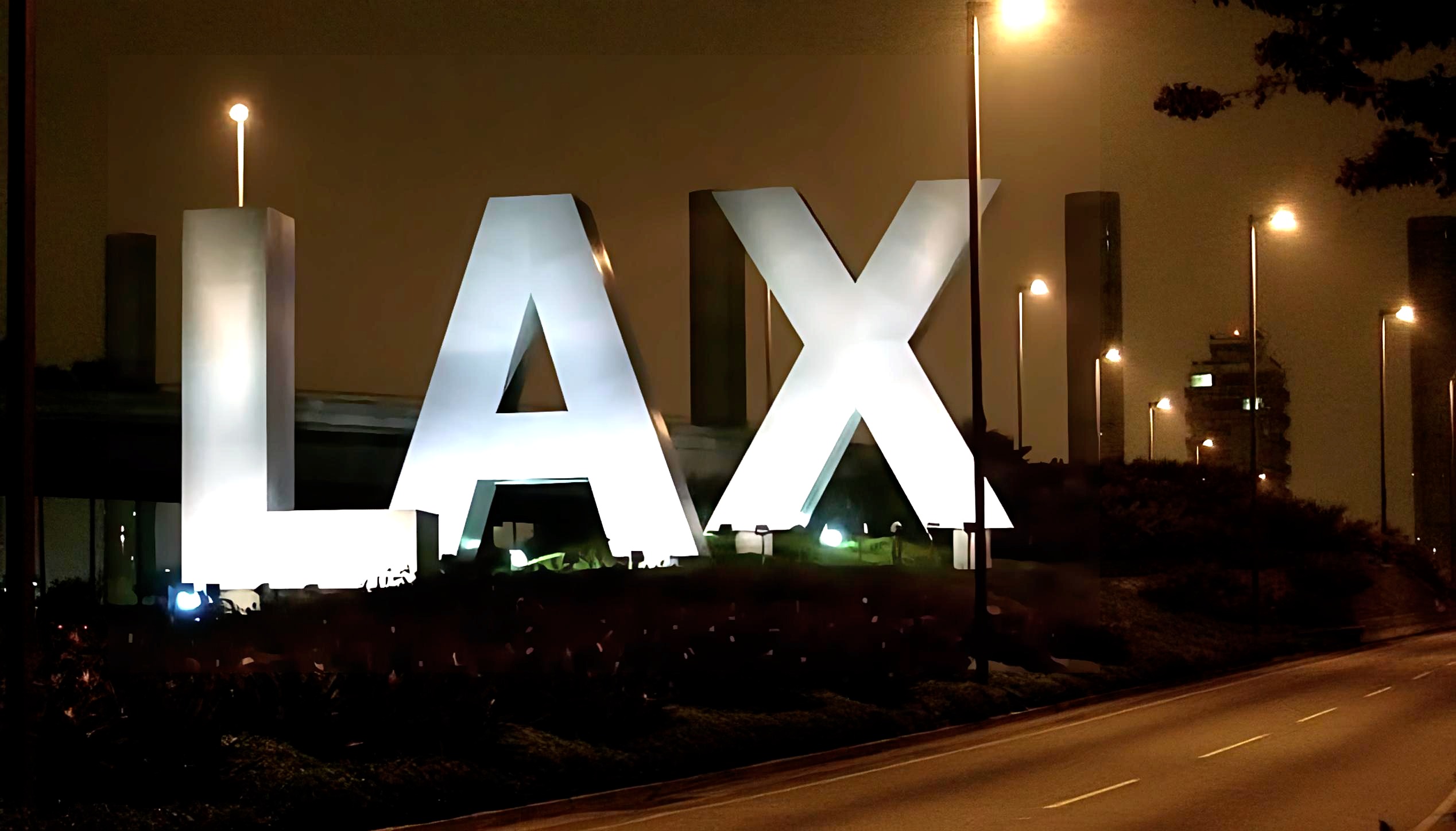
American got killed on its Los Angeles – Hong Kong service. Admittedly it was poorly timed, but
- this was before the pandemic, when Hong Kong was a stronger destination
- given American’s Dallas service which used two planes and had a long ground time, they only needed one plane for the route
- they had connectivity beyond Hong Kong to offer via their oneworld partnershp with Cathay Pacific.
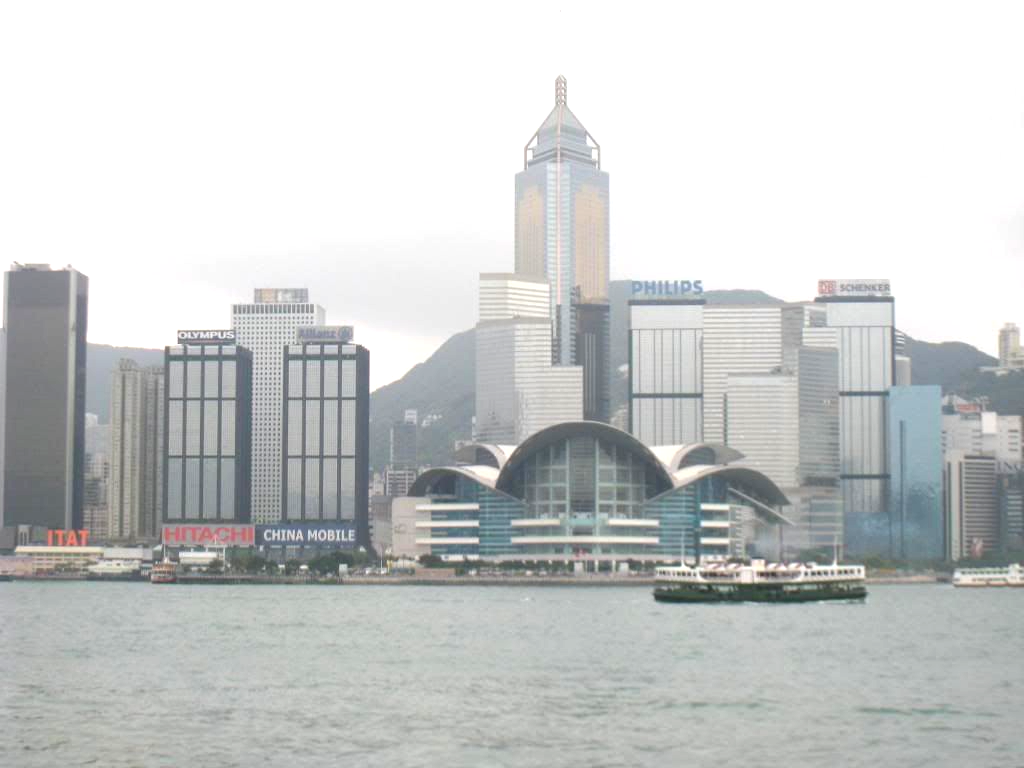
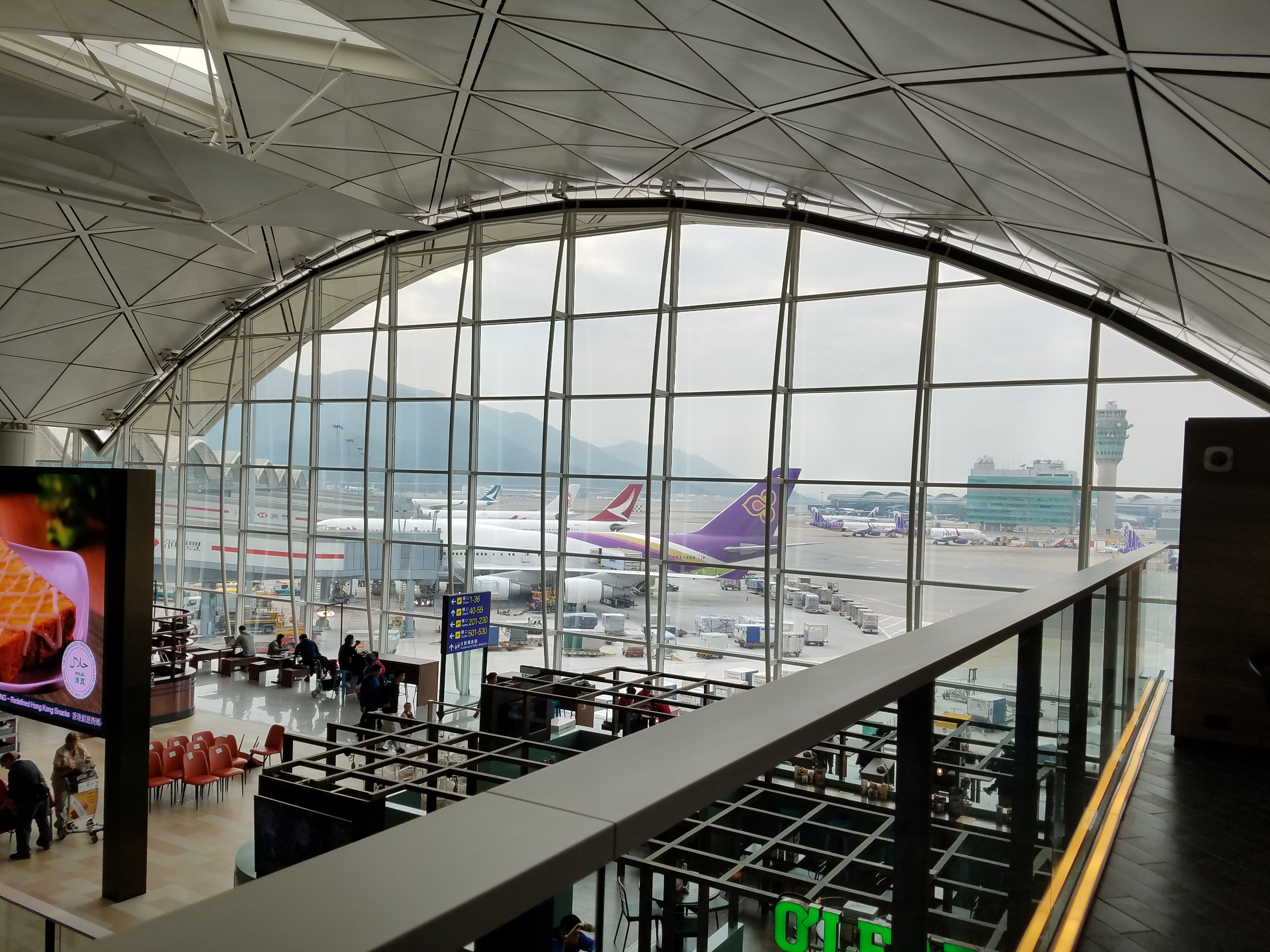
Delta lacks these advantages. Still, it’s a large market for both passengers and cargo and Delta has connectivity in Los Angeles with around 150 peak daily departures.
The airline’s A350-900 can easily make the journey (and it could be announced as a -1000 route for when those are delivered). However those planes will trade off with other service – it’s not yet clear what will fund pulling A350s for Hong Kong. The A330‑900neo would be at or near the limit and likely have to be weight restricted.
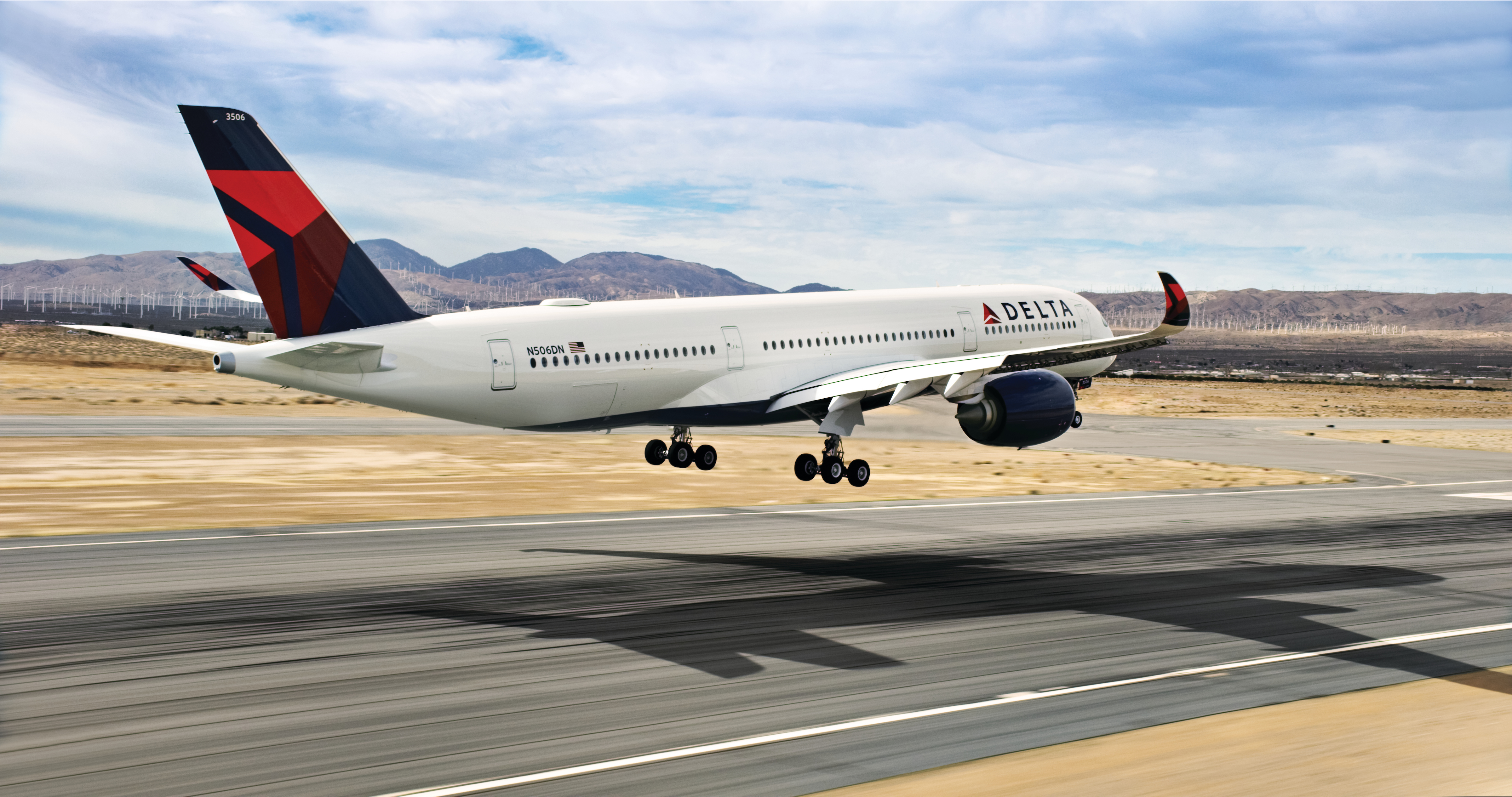
Ultimately I’m surprised to see the service added to Los Angeles. Much of their Asia flying is via Seoul connections in conjunction with their joint venture partner Korean Air. And they could have chosen to grow the money-losing Seattle where they’re in fierce competiton with Alaska Airlines (whch partners with Cathay).
And Hong Kong, while still a good sized market, is much less relevant for premium traffic than it was before mainland China asserted control there, ended democracy, and began retroactively enforcing laws against dissent. If Delta couldn’t make Hong Kond work before mid-2019, will they be able to do so now?
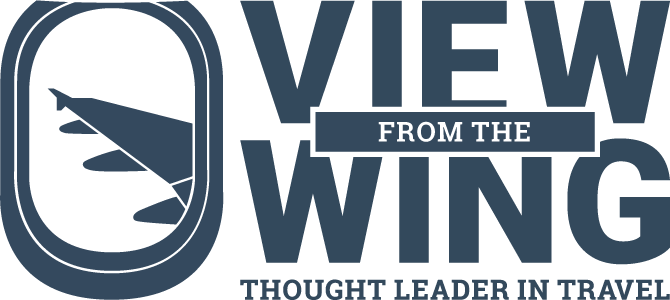

DTW is only 600 miles further to HKG than LAX and would offer a better straight line connection from almost every point of origin in the USA other than Southern California, without direct competition that can offer a vastly better schedule and onward connections from HKG.
The Asian hub at Narita that Delta inherited from Pan Am really worked well, and the foreign crews that flew between NRT and other Asian destinations were the best I’ve ever had on any US carrier by a substantial margin.
you forgot to mention that AA is the carrier that failed at LAX and it was directly attributable to dismantling its sales force. International is the one area where sales teams matter. LAX is just like NYC in being highly competitive between the big 3.
and UA only added LAX to HKG because it can’t fly from EWR due to Russian airspace restrictions
and UA has no partner at HKG. It is no more risky for DL than it is for DL.
UA “tagged” its 2 of its 4 HKG flights onto SE Asia so they clearly were not doing well enough to be able to put 2 more destinations behind HKG.
and the A350 carries more people and cargo.
This is likely as much about DL putting a stake in the ground in the LAX int’l market w/ UA as they did in the domestic market with AA.
And DL is starting LAX-MEL -which UA and QF/AA fly and has extended the season even before the 1st flight operates.
No, it doesn’t.
not only did sea-hkg fail but also nrt-sin.
Delta cannot simply compete with Asian airliners, which are cheaper and have better services. More importantly, long haul flight might get effected easier than short haul flights
@ Gary — This is simply the latest example of Delta following the #1 airline, United. Follow the leader!
Delta aims to be a global carrier – it needs to fly to Hong Kong directly from the US (and eventually Singapore, etc) regardless of competitive considerations. It is getting a bunch of new A350s. By process of elimination, LAX probably makes the most sense. Biggest hub with O/D demand to Hong Kong, and it has the most premium domestic connections at this time. Brand new lounges and facilities at LAX, good transcon connectivity. DTW, even ATL have less O/D demand and don’t have the lounge facilities. SLC and SEA probably don’t have the domestic markets either.
Maybe they should be flying from SFO instead of LAX. Then they would possibly have enough range with the A339. The flying distance is not a straight forward calculation. The jet stream generally moves from west to east but where it is the strongest varies and it’s location varies even more due to the season. So the diversion off of the great circle route and some lesser headwinds there can add up to a significantly extra amount of fuel burned. They do have an airport to get extra fuel from if needed on Taiwan, like the Canadian Pacific DC-10 flight I took almost 40 years ago out of Vancouver.
@Tim Dunn “you forgot to mention that AA is the carrier that failed at LAX”
I literally wrote “American got killed on its Los Angeles – Hong Kong service. ”
@Tim Dunn “and it was directly attributable to dismantling its sales force.”
No, American dropped this service in March 2020 and it never returned. They had not yet dismantled their sales force.
Maybe more A350s and trying this from LAX will work better. The SEA service was first on a weight-restricted A332 and then the 777 and CX was starting it in Spring 2019. Maybe the combination of LAX and the A350 is more appealing this go around.
Though unlikely, this could be the start of a Delta attempt to build a hub at LAX.
HND and PVG already. HKG starting.
Later, Taipei/Taoyuan, Kaohsiung, Singapore, Manila, Clark/Angeles, Osaka/Kansai, Kuala Lumpur, Beijing, Seoul/Incheon, Nagoya, Fukuoka, Jakarta, Bangkok. Tim Dunn will be appointed brand ambassador.
@gene, United has followed Delta for years and had made a choice or two on their own?
Gene,
NW was the largest TPAC airline long before CO or UA was – and DL inherited that rank and kept it for a short time.
Gary,
AA didn’t suddenly decide to stop competing via corporate sales during covid. AA’s failure from LAX to PVG can be seen in its much lower onboard revenue on flights that competed directly against DL and UA.
DL gets more corporate revenue than any other US airline. that is a huge advantage.
derek,
DL will grow its TPAC network from multiple hubs. Whether all of these cities get added, let alone from LAX, remains to be seen but the A350 can do all kinds of things from JFK that UA cannot do from EWR even if Russia airspace restrictions are lifted.
DL watched the TPAC market for years post covid and positioned itself to regrow the network it once had to Asia.
India is coming, the Arab Middle East is coming, more Israel is coming.
As I have repeatedly said, if UA can make money via its large global network, DL can make even more with its stronger corporate revenue and stronger domestic route system (including NYC now) and more capable and efficient widebody fleet.
Brand ambassador? no. fan that is even more confident that I saw this round of growth coming? absolutely
Two factors regarding the DL plan. One is a history lesson and the other is a current financial one:
History. DL failed in its initial LAX to HKG service because it used the wrong plane: the MD-11. That plane simply was marginally in its range for that route. More often than not, the plane had to stop for fuel and stranded pax because crews got illegal. DL also operated a fleet of MD11s out of PDX and Taipei in the 90s. MD11 was a DL mistake. Lost big $$.
Financial. By establishing a presence in HKG, DL can accept delivery of new A350s in HKG and use those new planes on Asia to US routes. Doing so avoid tariffs. Serious $$ involved there.
The fact delta is trying lax-hkg yet it didn’t bother to apply for JFK-HND 2 years ago when American did (delta would have likely won over American due to adding a skyteam carrier from jfk-Tokyo more connectivity to jfk than American and jfk-Tokyo would likely have performed better than lax-hkg).
Finally! Been waiting years for this.
@ Tim — There you go with “WAS”. Delta WAS the #1 airline.
I’m also going to echo that I think DTW or SEA to HKG would make more sense. Especially with 5 daily flight out of LAX right now… not sure what glue DL is sniffing.
Wasn’t DTW-HKG one of NW’s 1st new routes with the 747-400 in the 90s?
and Gene,
that means that UA was the #2 so UA followed DL at some point.
haolenate,
I am not sure that NW flew DTW-HKG on the 744 but DL did on the 777LR and, at 16 hours in the winter, it was not viable for a 747 unless heavily payload restricted.
Russian airspace makes either DTW or NYC to Asia much more difficult. UA dropped a huge number of routes from NYC to Asia that don’t work w/ Russian airspace restrictions. DTW-HKG would be much longer than 16 hours w Russian airspace restrictions.
DL gets the most corporate contract revenue among US airlines. They know what their corporate customers are asking for and undoubtedly see more potential with LAX.
As noted, they have never operated it with an aircraft that could fully operate the route and will now be doing so with a very capable A350.
and it is very possible that DL believes that it can at least get some of the revenue that UA has been carrying or get more…
remember that UA flew LAX-BNE but dropped it while DL still has it in its schedule and DL has announced LAX-MEL and extended the season even before the 1st flight operates.
Despite what some believe, DL is able to win in the marketplace against other competitors.
let’s see how this shakes out but DL could very well be putting a big “this is mine” circle around LAX international for UA just as did w/ domestic there for AA.
I remember the old Delta NRT-HKG route, often on the 772, as well as the ATL-NRT on 747. Those were fun! Hope they pull this off because more options are usually good for consumers. HKG can be a decent jumping off point for many destinations SE Asia. Of course, there’s also a large Chinese diaspora in LA, so it makes sense for person, leisure, and business, though, ideally we don’t go to war with the CCP over Taiwan (as in, Xi doesn’t attack them.)
@ Tim — Nice to see you admiting DL is #2.
@Gene — Good news, bud. My PlusPoints actually cleared in-advance, for once. Feels like a tiny miracle. I know, I know… want First, buy First, but still, I like to use what I got sometimes. Roll those dice! Feel the thrill!
Gene,
I always call the shots as they actually are. Some people are just consumed w/ the notion that being #1 in one metric is the best thing all the time.
1990,
glad your DL world will get a little larger as a result of all these new routes
@Tim – The Northwest Orient routes were surpassed by Pan Am’s route structure. Not surprising considering that Pan Am pioneered so many of the routes.
they should do hkg from seattle by far less competition
Asians are discerning customers. There’s no way AA could succeed with their awful service.
DL with their A350 may have a chance. Good luck to them!
@Tim Dunn — *our* DL world
Christian,
Pan Am had lots of dots and lines but did not have as full of a TPAC schedule as NW did.
NW was the largest TPAC airline for years and DL took that title but then got tired of all of the money-losing that the NW system did.
DL tried to restructure the Narita hub but then the Japanese government reopened Haneda to US flights, DL chosen HND over NRT but lost the ability to operate beyond Japanese traffic, DL decided to do the JV with KE and DL is now in an aggressive campaign to grow its route network in Asia/Pacific and S. Asia and the Middle East and will do it with the most capable and efficient aircraft in the world and the most corporate traffic in the US.
DL’s corporate contracts undoubtedly have told DL that they want HKG and they want it from LAX which is not surprising seeing how much success DL has had in building its hubs in both NYC and LAX, the two largest markets in the US.
You missed the obvious and key reason for NRT and beyond flying losing their importance. Ever heard of the 787? NW also struggled because their US hubs lacked great TPAC gateways. SFO is the ultimate gateway to the Pacific which is why UA has more TPAC service than AA & DA combined.
@Tim Dunn “you forgot to mention that AA is the carrier that failed at LAX and it was directly attributable to dismantling its sales force. International is the one area where sales teams matter. ”
@Gary Leff “No, American dropped this service in March 2020 and it never returned. They had not yet dismantled their sales force.”
@Tim Dunn “AA didn’t suddenly decide to stop competing via corporate sales during covid. AA’s failure from LAX to PVG can be seen in its much lower onboard revenue on flights”
Too funny.
JL,
it was actually the 777-200ER that did for the Pacific what the 767-300ER did for the Atlantic.
The 787 and the A350 bought much better economics.
and UA bought Pan Am’s Pacific operation 25 years before the DL and NW merger.
AA and DL both tried to develop their own Pacific networks through self-built Pacific hubs but none of those worked.
It was the NW merger and NW’s presence in the Pacific that allowed DL to start reworking routes.
and SFO is by far the largest TPAC hub on either side of the Pacific – but the real issue here is that DL intends to stake out its claim to LAX which is UA’s 2nd largest TPAC destination.
DL is larger than UA in every gateway each has east of the Rockies. DL’s SEA hub right now serves more cities in E. Asia than UA does at LAX.
If DL succeeds at LAX-HKG and adds even more routes including potentially SIN and the expected ICN, DL could end up with larger gateways to Asia in every hub EXCEPT SFO.
THAT would be very significant if it happens.
@Tim Dunn says: “it was actually the 777-200ER that did for the Pacific what the 767-300ER did for the Atlantic.”
The 772ER had the range with better economics, but the 787 was a game changer in both those regards AND it had the right sizes to make direct service to all those beyond markets not only viable, but profitable. The overwhelming majority of US – Japan flying is done with the 787. NW aircraft weren’t optimal, but it was their US Pacific gateways that were the real handicap especially when the technology allowed bypassing NRT and its formerly invaluable slots.
LAX is capacity limited and Delta’s capacity edge there is marginal. United has a huge west coast frequent flier advantage. Alaska has wide bodies now and the S curve advantage in SEA which is a lesser gateway.
tell us how many TPAC flights UA operates on 772ERs and the question is why there should be any of them precisely because the 789 is so much better of an airplane.
While the 789 is commonly used by UA now, it was the 777-200ER that opened point to point traffic. go back and look at schedules 10 years ago and see what routes were opened that are now operated by 787s.
and the A350 might have a higher share of TPAC flying for all carriers than for any other region just because Airbus has done better in Asia than Boeing compared to the rest of the world.
and, yes, UA has a size advantage on the west coast. I have never doubted that. But LAX is a separate market and DL does have a size advantage.
It is interesting how you and others try to downplay DL’s greater share when it is far larger than the share advantage that UA USED TO HAVE in NYC but has totally flipped.
and if S curves matter, then UA is in a pile of dung now in NYC; DL carried 2X as many domestic passengers from NYC as UA did in May and, while the gap will narrow somewhat, DL will likely have a larger domestic network size than it had even before the EWR runway rebuild disaster – DL has been the largest domestic carrier for years.
As I said would be the case, DL clearly has shifted into a high international growth phase which has significant competitive implications.
and, yes, the 747 was not ideal for every US-Tokyo and beyond NRT route which NW operated – and yet it was either that or the 332 for their TPAC capable aircraft. DL did use 777s for some of the Tokyo hub but the whole Tokyo hub concept died with the reopening of Haneda to US traffic.
You do realize that NW was supposed to be one of the launch customers for the 787 but DL eventually cancelled the order?
Capacity constraints such as gate availability, slots, airspace and different airports in the same city all affect S-curve advantages and how rapidly an airline can grow market share as a result of them.
@Tim Dunn says: “the question is why there should be any of them precisely because the 789 is so much better of an airplane.”
Because wide body aircraft are 30 year assets costing hundreds of millions of dollars and supply chain issues among others have resulted in a six year lead time for new wide body aircraft. In the real world airlines optimize their existing fleet with the markets they serve.
@Tim Dunn says: ” DL carried 2X as many domestic passengers from NYC as UA did in May”
Too bad LGA and JFK aren’t colocated. EWR’s domestic feed is colocated with its international flights.
@Tim – You’re talking about different eras. From the 1940’s until they sold their Pacific Division to United, Pan Am was the undisputed champ in the Pacific. Did Northwest Orient have a splendid route structure? Of course. And when Delta bought Northwest it gained the remaining routes and aircraft.
I’ve flown more miles on Pan Am than any other airline and was a full time professional travel agent for a number of years as well as keen into aviation history so I’m gonna rely on my knowledge in this case.
Christian,
of course there are many eras that are at play in any market size statement.
United bought Pan Am’s Pacific network in the mid 80s so the Pan Am era ended then over the Pacific.
In the decade before DL bought the Pacific, and maybe longer, NW was the largest carrier.
NW flew lots of capacity but had a poor position on the west coast which is why structurally the DL merger should have helped make the ex-NW Pacific system work better.
DL has always spread its TPAC and TATL international network over more hubs than UA has. DL’s Latin network is the exception where it is far more concentrated at ATL than any other airline is – including AA at MIA.
and JL, the whole notion that a single airport hub in NYC could ever be achieved was a flawed assumption. None of the 3 airports can handle what any 2 can do.
There is a huge local domestic market that is divided by the LGA perimeter restriction so there are really 3 sets of markets from NYC – short haul domestic, longhaul domestic (outside the LGA perimeter) and international – most of which is outside the LGA perimeter.
Many of us realized that UA could not sustain a single airport hub at EWR and they pushed the operation there until the FAA said “no more” and capacity cuts came.
DL built a double airport hub operation because that is what the area’s airports can support and because LGA and JFK have their unique strengths. LGA and JFK can handle multiples more flights than EWR alone can and UA could not get enough size at EWR to offset what DL has.
The next big phase of this is whether the FAA meaningfully lifts the EWR capacity cuts.
also, Sen. Blumenthal has gone on record as opposing the B6-UA deal so it is not the slam dunk some think, even in its present form
Tim Dunn says: “the whole notion that a single airport hub in NYC could ever be achieved was a flawed assumption.”
Nobody said it could.
Tim Dunn says: “Many of us realized that UA could not sustain a single airport hub at EWR and they pushed the operation there until the FAA said “no more” and capacity cuts came.”
UA has and will do just fine at EWR with all its operational limitations as it benefits from being a robust connecting hub in the NYC market. What UA wants is enough JFK gate access and slots to reestablish JFK-SFO/LAX transcons when they get their premium configured A321 Neos. I don’t foresee this administration holding up the JB deal, but time will tell.
Delta and United’s future are bright.
UA: 227 WB, 204 w/ Polaris Suites, 188 WB/501 NB on order, 15.6 average fleet age
DA: 176 WB, 80 w/ Delta One Suites, 29 WB/246 NB on order, 14.9 average fleet age
AA: 130 WB, 26 WB/284 NB on order, 14.1 average fleet age